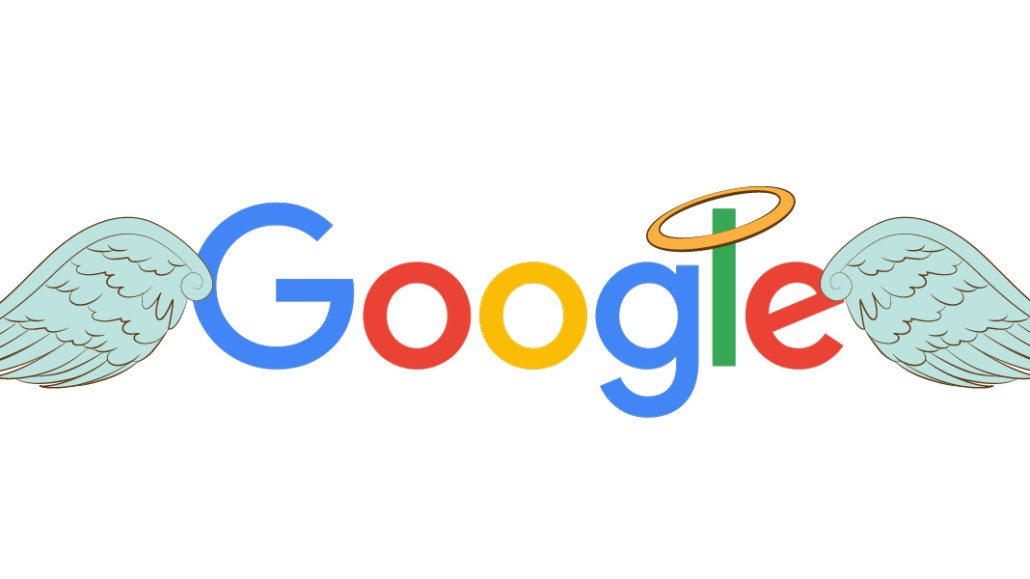Google expands its tool for publishers to combat ad blocking

Google is expanding its tool for publishers to deal with ad-block software users.
The tool, launched a year ago in the U.S and a handful of other markets, is expanding to 31 other countries in Europe and Canada, Google is announcing today. Called Funding Choices, the tool works by asking or requiring users to turn off their ad blockers after seeing a given number of articles. Publishers can serve a dismissible message; serve a message that requires ad blocker users to pay after viewing a certain number of articles; or block their access until they turn off their ad blocker or pay for an ad-free experience through another program called Google Contributor.
Google takes a 10 percent cut when publishers collect revenue through Contributor. More than 100 publishers in the U.S. and Europe are using Funding Choices, including Popular Mechanics and Business Insider UK, though it was designed with midsized newspapers in mind that meet Google’s standard for acceptable ads. The Missoulian and St. Louis Post-Dispatch are among those that Google says are testing Funding Choices. In another bone it’s throwing to publishers, Google is also testing allowing them to use their own subscription services.
Across the publishers using the tool, most are seeing ad-blocking rates in the 25 to 30 percent range, with some as high as 37 percent. Google has found Funding Choices’ results to be similar to what other publishers have found when they counter people who ad block. On average, Google said, publishers using Funding Choices are seeing 16 percent of visitors allow ads on their sites, with some seeing rates as high as 37 percent. Across the publishers that put up a hard wall, 22 percent of visitors whitelisted the site. For sites that just asked people to whitelist, 15 percent complied.
Still, Funding Choices has had its critics. One site ran a long, detailed post saying it was dumping Funding Choices due to issues like its whole site being blocked, stats not being updated and ad blockers figuring out how to get around it.
A Google rep said the company addressed most of the issues brought up in that post within a few days. Still, Funding Choices comes at a cost; publishers have to meet the Coalition for Better Ads’ Better Ads standards, which Google’s Chrome ad filter enforces and which some consider another way Google is dictating the rules of the web. Publishers also have to share the revenue with Google if they get readers to pay. Finally, few publishers are able to get people to pay for online access in the first place.
“The main pro is the ease of implementation,” said Daniel Hallac, chief product officer at New York Media, which has tested Funding Choices on its Grub Street vertical. “You can address the ad blocker problem with little effort. The con is that we don’t see a lot of people paying for an ad-free experience. That said, I really don’t have any point of comparison to know if we are doing better or worse than publishers who built their own solutions.”
Among local publishers, uptake in Funding Choices has been slow because there are a growing number of options to recoup money from ad blockers and monetize audiences for publishers to evaluate, said Rusty Coats, who until recently was CEO of the Local Media Consortium. (It’s also a closed beta, which has limited its uptake.) “It’s becoming a crowded field. With multiple options — and without a real champion for the effort at most companies — opportunities such as Funding Choices too often become No. 7 on a five-item to-do list,” he said.
More in Media

From sidelines to spotlight: Esports events are putting creators center stage
Esports events’ embrace of content creators reflects advertisers’ changing priorities across both gaming and the wider culture. In the past, marketers viewed esports as one of the best ways to reach gamers. In 2025, brands are instead prioritizing creators in their outreach to audiences across demographics and interest areas, including gaming.

Condé Nast and Hearst strike Amazon AI licensing deals for Rufus
Condé Nast and Hearst have joined the New York Times in signing a licensing deal with Amazon for its AI-powered shopping assistant Rufus.

Media Briefing: AI payouts may be entering a new era
AI compensation is evolving — and new models, not just publisher demands, are driving the shift beyond flat-fee licensing.








